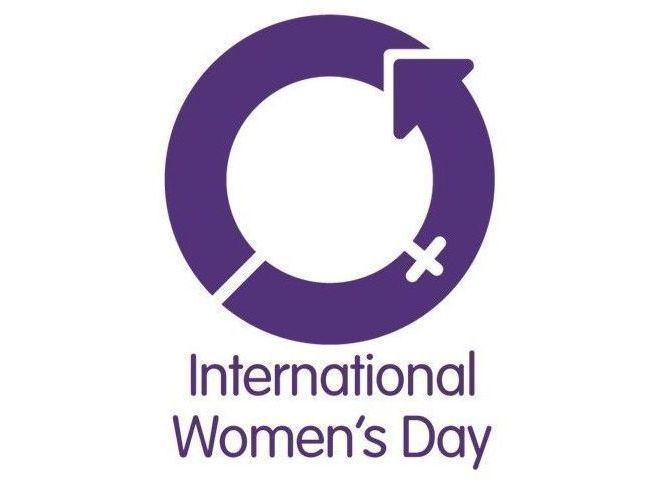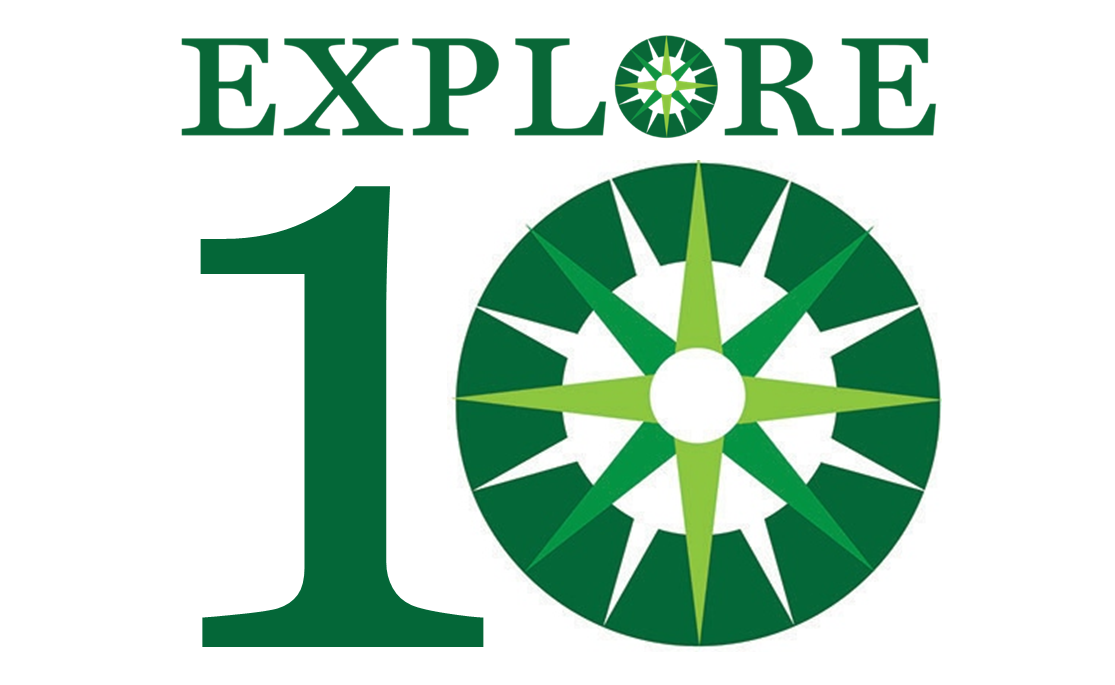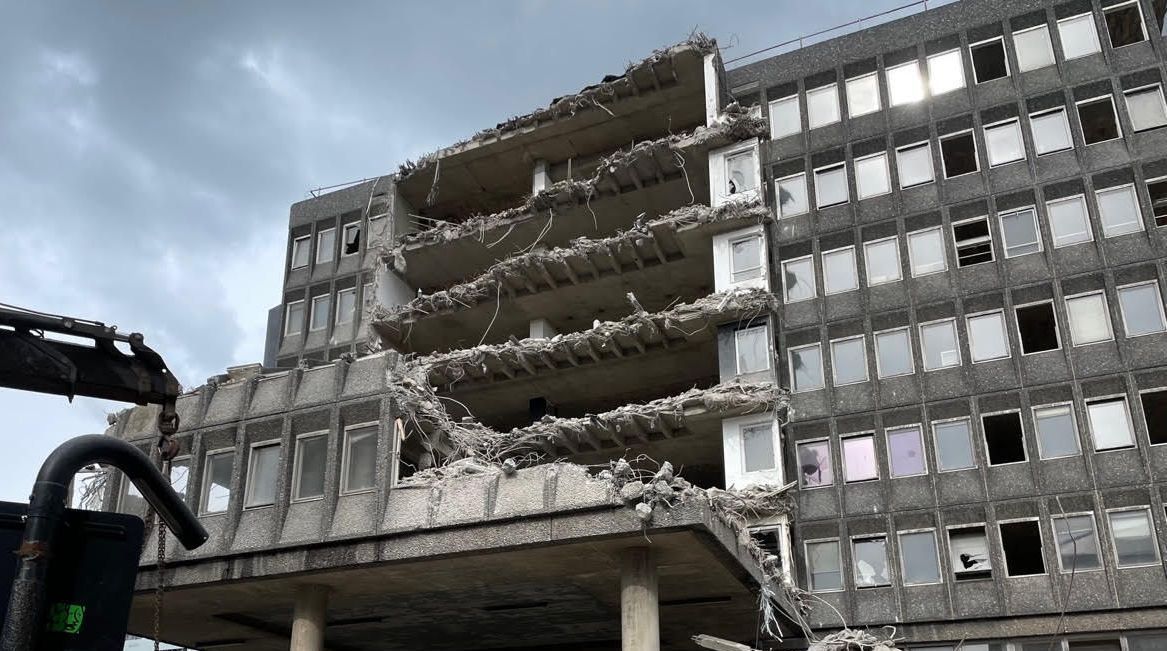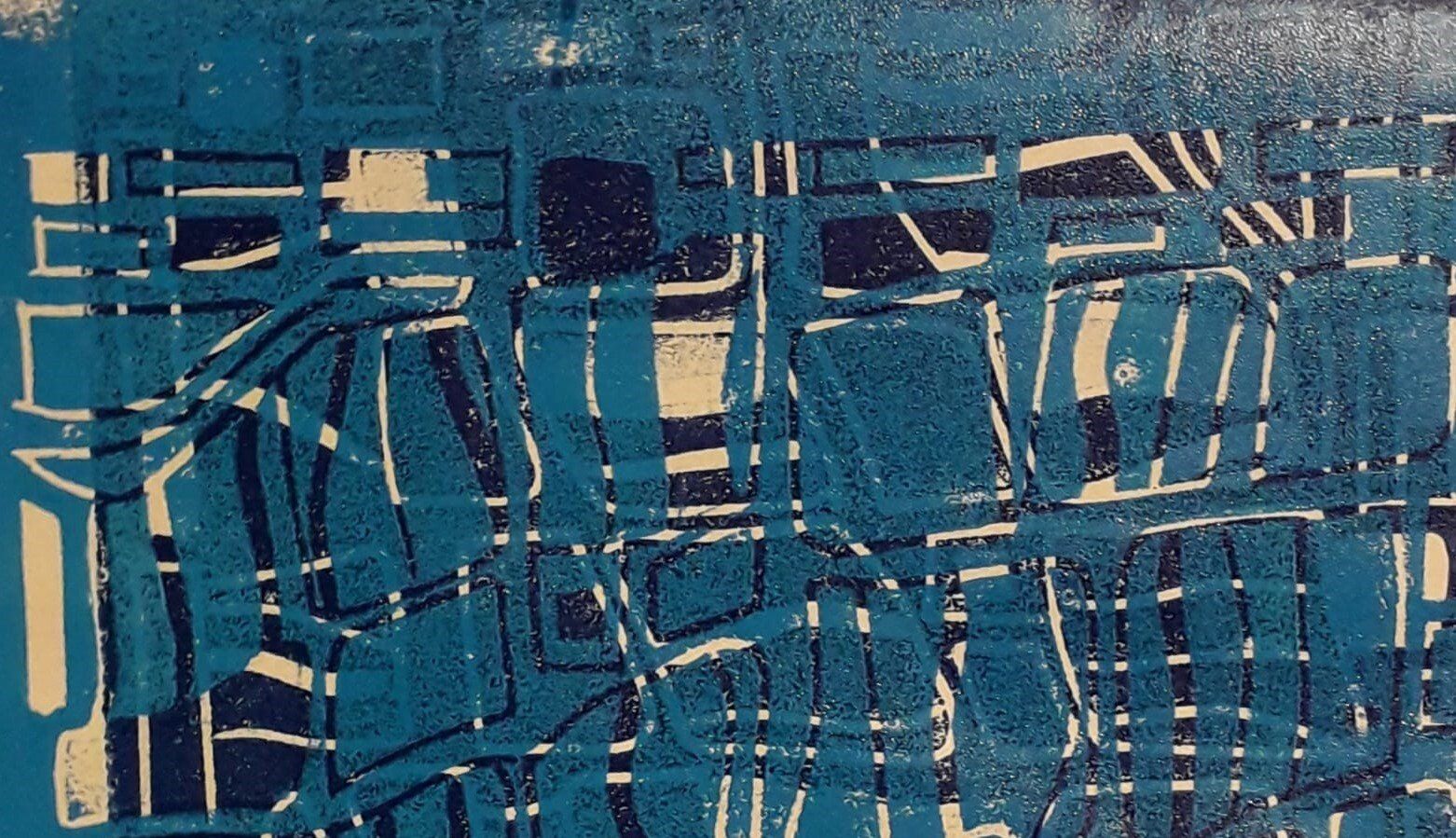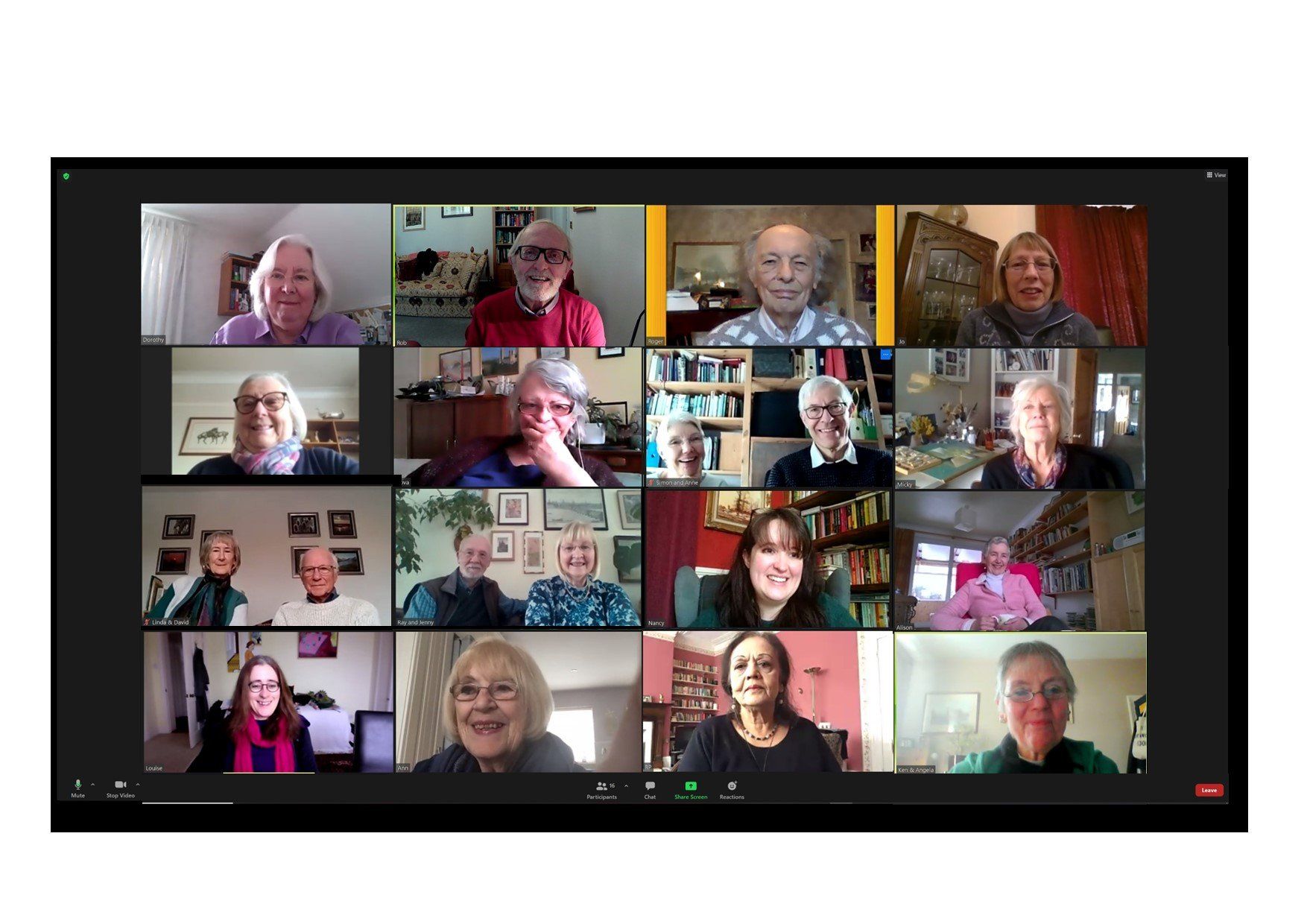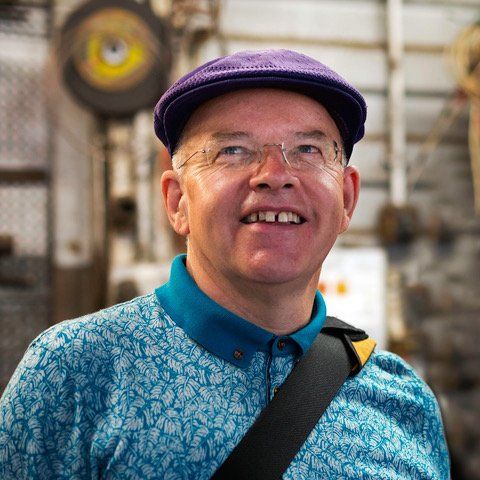They called it Blue Streak
- by John Sadler
- •
- 10 Apr, 2018
- •
Military historian John Sadler arranged a special visit to RAF Spadeadam to conclude his course on the Cold War.

They called it the ‘Beast from the East’, this weekend; (the weather that is not nerve agents), so no better day for a group of intrepid Explore students to visit RAF Spadeadam. North of the River Irthing, across the strategic gap that marks the line between Northumberland and Cumbria, past Gilsland, the land rises beyond the twisting stream to the bleak moorland of Spadeadam Waste (grid ref: NY 6339 7556).
Now there’s a name, you wouldn’t get somewhere like this is Surrey. It’s northern and it’s a frontier; the dun coloured fell stretches north towards Bewcastle and the Debatable Land. There’s a lot of history here, much of it violent; the Three Hundred Years War followed, far more recently, by the Cold War. And it was cold, an arctic, knife-edged wind drove snow flurries into whipped furies and, if you weren’t careful, your ears would drop off.
In 1955, the Waste was chosen as the site for the UK’s Intermediate Range Ballistic Missile Test Centre, our contribution to NATO and the Cold War, (the original that is). Post 1945, we relied on the formidable ‘V’ Bombers to deliver nuclear bombs should we need to have them delivered. Politically though we wanted our very own deterrent, an inter-continental ballistic missile (“ICBM”). We couldn’t buy these in wholesale from the US due to the restrictions imposed by the Atomic Energy Act of 1946.
During spring 1954, our American allies proposed a joint venture. They’d build an ICBM and we’d construct a medium range weapon of say 2,000 miles (3,700km) capability. That August, both powers agreed terms, (the Wilson-Sandys Agreement) and the programme got going. De Havilland Propellers won the contract to produce the kit which would use liquid oxygen and kerosene. Now you could load up with kerosene, cheap as chips, pretty easily but the sixty tonnes of liquid oxygen was far trickier, had to be bunged in just before launching or it might, probably would, freeze up. This wasn’t so good – the process took four and a half minutes, far, far too long. The missile was extremely vulnerable to a pre-emptive strike, launched with no warning, typical sneaky Russian trick, so we’d have been toast before we’d even filled the tank.
The rockets never flew from Spadeadam; an actual test site was set up at Woomera in South Australia. The initial budget in 1955 was £50m. Within four years this had increased six-fold. Both the US and USSSR were galloping way ahead of us and it was going to cost us £1.3bn to finish the job. Blue Streak got the chop in April 1960 and we bought in the US Skybolt system instead
If anyone’s looking for a post apocalyptic landscape or a new version of Dr Strangelove – Spadeadam’s your ideal location. The Waste is bleak, the MoD road winds through commercial woodland to the RAF guardhouse and, once on the range itself, there’s an anorak’s heaven of old Soviet gear, multiple, tracked rocket launchers, anti-aircraft quads and trucks, the snouts of old ‘Bloodhound’ missiles point almost sheepishly at the sky. The engine testing area with water reservoirs and squat, grey bunkers is an uncompromisingly brutalist complex, no pretty ponds or alpine flowers, the modern equivalent of peels or bastles, built for purpose and nowt else.
At Greymare Hills stand the remains of two rocket-firing stands, massive, ornate, imposingly ugly structures that fit like the devil’s mark into the fold of hills. They are redolent with menace, age has not diminished them. They appear as timeless as the rocks and heather. Age, as we say, shall not wither them. Nothing short of a fifty-megaton blast could hope to and, certainly as far as I’m aware, there’s no such comparable site in the whole of NATO’s demesne. As our US friends and those who spend too much time on social media would exclaim, it’s ‘awesome’.
John Sadler
will be teaching a course on 'The Civil Wars 1639-1660' for Season 3 2017-18. If you're not an Explore member, you can sign up for this course alone as part of 'Explore Evenings' - see
link for further details and how to join.
Mailing List
Mailing List
We will get back to you as soon as possible
Please try again later

All Rights Reserved

